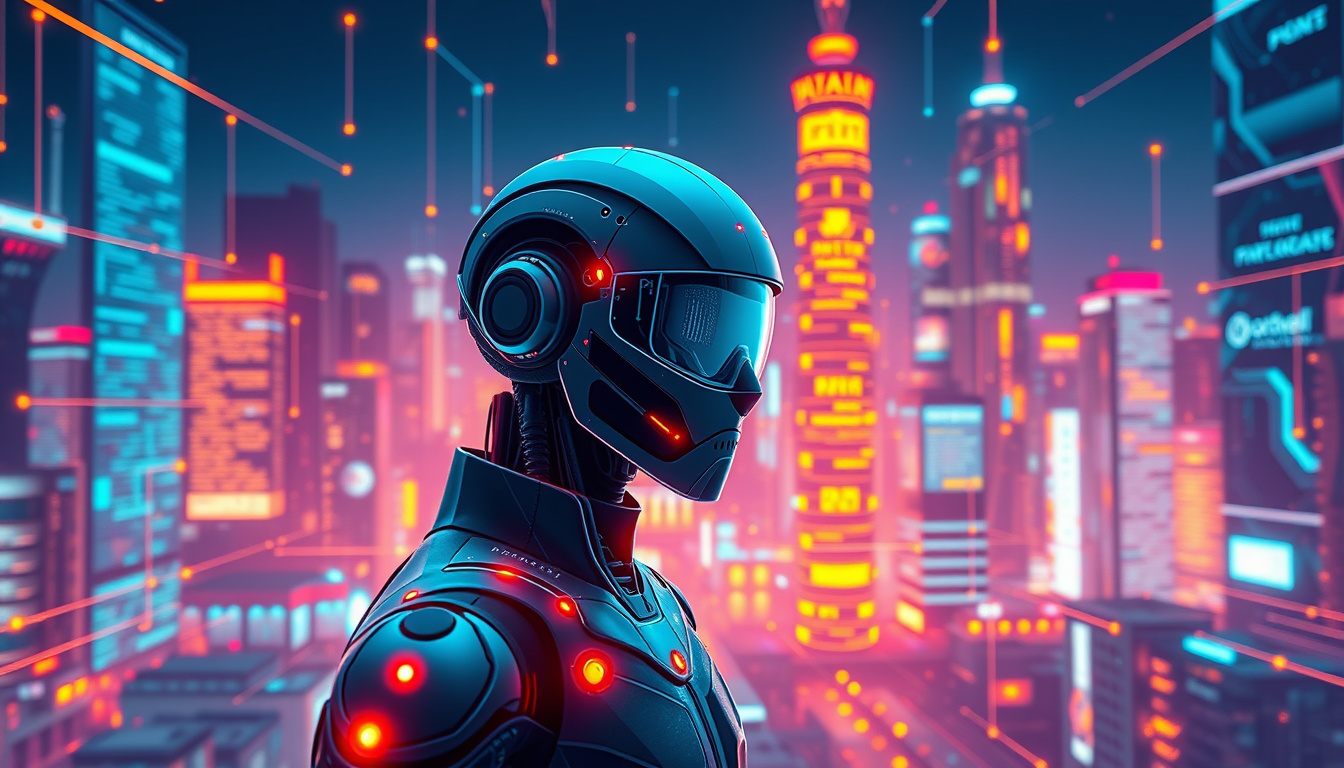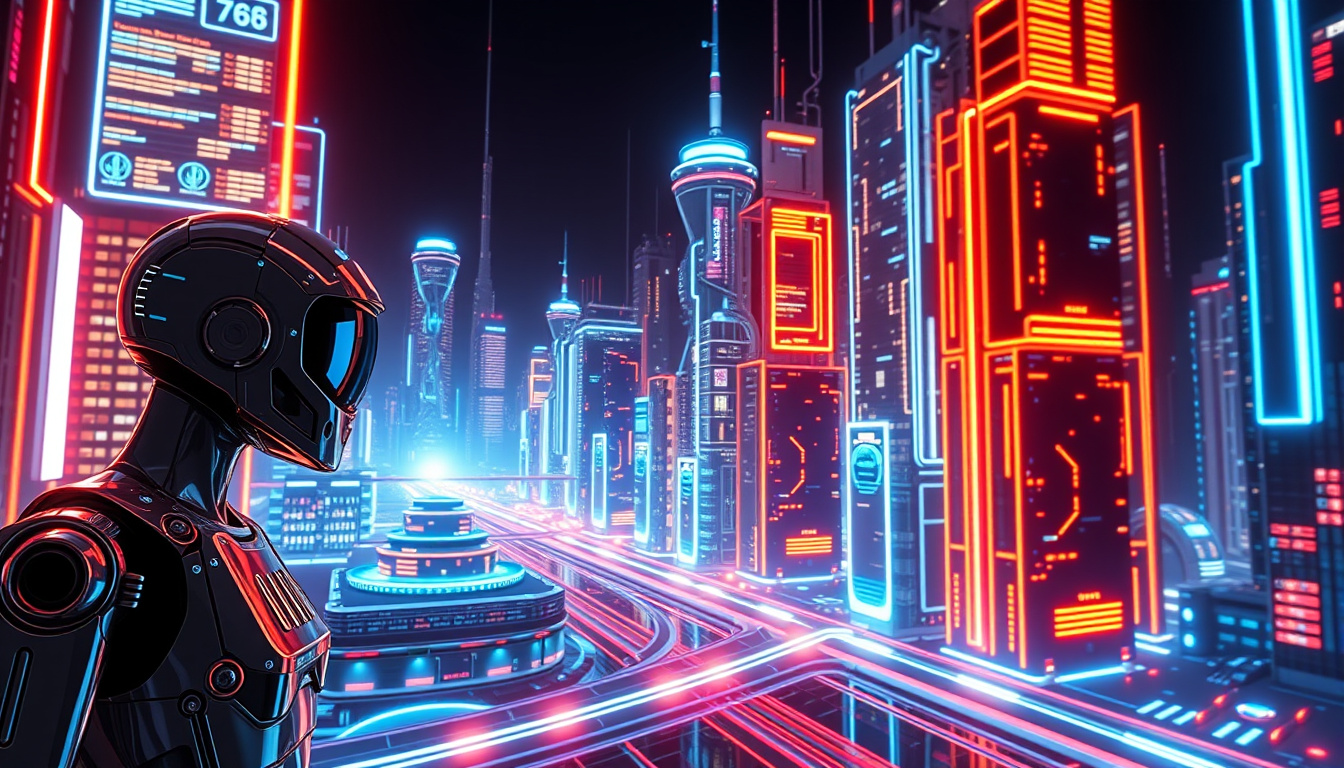Agent autonomy is rapidly becoming a cornerstone in the evolution of artificial intelligence (AI) and intelligent decision-making systems. By empowering software agents with the ability to operate independently—making decisions without human intervention—agent autonomy opens new frontiers in efficiency, scalability, and adaptability across multiple industries. This article delves into what agent autonomy means, its current applications, challenges, and the transformative potential it holds for the future.
Understanding Agent Autonomy
At its core, agent autonomy refers to the capacity of an artificial agent to make decisions and act upon its environment independently, based on internal goals, perception, and reasoning abilities. Unlike traditional automated systems that rely on fixed rules or constant human supervision, autonomous agents can:
- Perceive changes in their surroundings through sensors or data inputs
- Analyze and interpret information autonomously
- Make decisions aligned with their goals and constraints
- Execute actions with minimal or no human intervention
These characteristics make agent autonomy critical for systems that require adaptability, real-time decision-making, and scalability.
The Architecture of Autonomous Agents
An autonomous agent typically consists of several integrated components enabling it to function independently:
- Perception Module: Gathers relevant information from external and internal sources to form an understanding of the environment.
- Decision-Making Engine: Utilizes artificial intelligence techniques—such as machine learning, rule-based systems, and probabilistic reasoning—to analyze data and decide on the best course of action.
- Action Module: Executes decisions by interacting with the environment, whether through physical actuators in robotics or software APIs in digital systems.
- Learning Component: Allows the agent to improve over time via feedback mechanisms and adaptation strategies.
Together, these elements grant agents the autonomy necessary for intelligent decision-making.
Current Applications of Agent Autonomy
Agent autonomy has found meaningful applications across diverse fields, proving its utility and shaping how industries operate:
1. Autonomous Vehicles
Self-driving cars are among the most headline-grabbing examples. These vehicles constantly perceive their surroundings, interpret complex scenarios, and make split-second decisions—all enabled by sophisticated autonomous agents. Agent autonomy here ensures safe navigation, obstacle avoidance, and compliance with traffic laws without human driver input.
2. Smart Manufacturing
In Industry 4.0, autonomous agents monitor manufacturing equipment and processes, optimizing operations in real-time. They can identify faults, adjust parameters, and manage workflows autonomously, increasing productivity and reducing downtime.
3. Healthcare and Diagnostics
Agent autonomy assists in managing patient data, recommending treatments, and even conducting robotic surgeries. Such systems analyze large datasets to select optimal interventions and autonomously perform precision tasks, enhancing care quality.

4. Cybersecurity
Autonomous security agents detect anomalies, respond to threats, and adapt defense mechanisms without manual intervention. This proactive self-management is vital to counter rapidly evolving cyber threats.
Benefits of Embracing Agent Autonomy
Adopting agent autonomy in intelligent systems offers multiple advantages:
- Scalability: Autonomous agents can manage increasing data volumes and operations without proportional human oversight.
- Speed and Efficiency: Faster decision-making processes lead to better resource utilization and quicker responses.
- Consistency and Accuracy: Reduced human error and bias improve reliability of results.
- Adaptability: Autonomous agents cope well with dynamic and unpredictable environments by learning and adjusting behaviors.
- Cost Reduction: Automation of complex decision-making tasks reduces labor costs and human workload.
Challenges and Ethical Considerations
While promising, agent autonomy also presents several challenges:
- Complexity of Decision-Making: Designing systems that can reason effectively in uncertain, ambiguous contexts is difficult.
- Transparency and Explainability: Autonomous agents often operate as black boxes, making it hard to understand decision rationales, which is critical for trust.
- Accountability: Determining who is responsible for an autonomous agent’s decisions, especially in high-risk scenarios, raises legal and ethical issues.
- Security Risks: Autonomous systems may be vulnerable to cyberattacks or manipulation.
- Bias and Fairness: Without careful design, autonomous agents can perpetuate or amplify biases found in training data.
Addressing these challenges requires interdisciplinary collaboration among AI researchers, ethicists, policymakers, and industry stakeholders.
How Agent Autonomy is Shaping Future Technologies
Agent autonomy stands at the heart of many emerging technologies, including:
- Multi-Agent Systems: Groups of autonomous agents collaborate or compete, enabling complex problem-solving such as distributed sensing or resource allocation.
- Personalized AI Assistants: Enhanced autonomy allows digital assistants to proactively support users by anticipating needs and making tailored recommendations.
- Smart Cities: Autonomous agents manage traffic flows, energy usage, and public safety to improve urban living conditions dynamically.
The future is likely to see increasingly sophisticated autonomous systems that can understand, learn, and act with minimal human direction.
Implementing Agent Autonomy: Best Practices
For organizations aiming to integrate agent autonomy effectively, consider these best practices:
- Define Clear Objectives: Establish what decisions and actions the autonomous agents must manage.
- Leverage Robust Data: Use high-quality, representative datasets to train and validate decision-making models.
- Incorporate Explainability: Employ AI techniques that provide interpretable insights into autonomous decisions.
- Ensure Continuous Learning: Design mechanisms for agents to adapt and improve based on feedback.
- Prioritize Security and Ethics: Implement safeguards to prevent misuse and bias, and follow ethical guidelines.
FAQ About Agent Autonomy
Q1: What is the difference between agent autonomy and automation?
Agent autonomy involves self-governing decision-making capabilities, whereas automation typically follows predefined rules without adapting to new situations.
Q2: Can agent autonomy improve decision-making in healthcare?
Yes, autonomous agents can analyze complex patient data and recommend personalized treatments, leading to more informed and timely decisions.
Q3: How does agent autonomy impact cybersecurity?
Autonomous agents enable real-time threat detection and response, reducing reliance on human operators and enhancing defense against attacks.
Conclusion: Embrace Agent Autonomy to Drive Innovation
Agent autonomy is revolutionizing how intelligent systems operate by enabling machines to make informed, independent decisions. From autonomous vehicles to healthcare diagnostics, agent autonomy accelerates innovation, operational efficiency, and adaptability. By understanding its potential and addressing inherent challenges, organizations can unlock new levels of performance and competitiveness.
To stay ahead in today’s fast-evolving technological landscape, begin evaluating how agent autonomy can be integrated into your decision-making systems. Invest in research, adopt best practices, and collaborate across disciplines to harness the transformative power of agent autonomy—unlocking smarter, more resilient solutions for the future.
For further insights into the implications of autonomous systems and their ethical deployment, the MIT Technology Review offers comprehensive resources and updates. Embrace agent autonomy today and lead the charge toward intelligent, self-sufficient systems that will define tomorrow.




